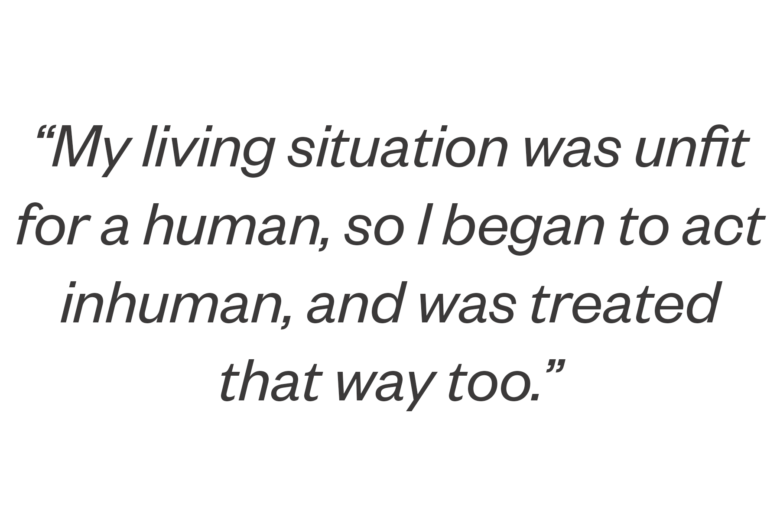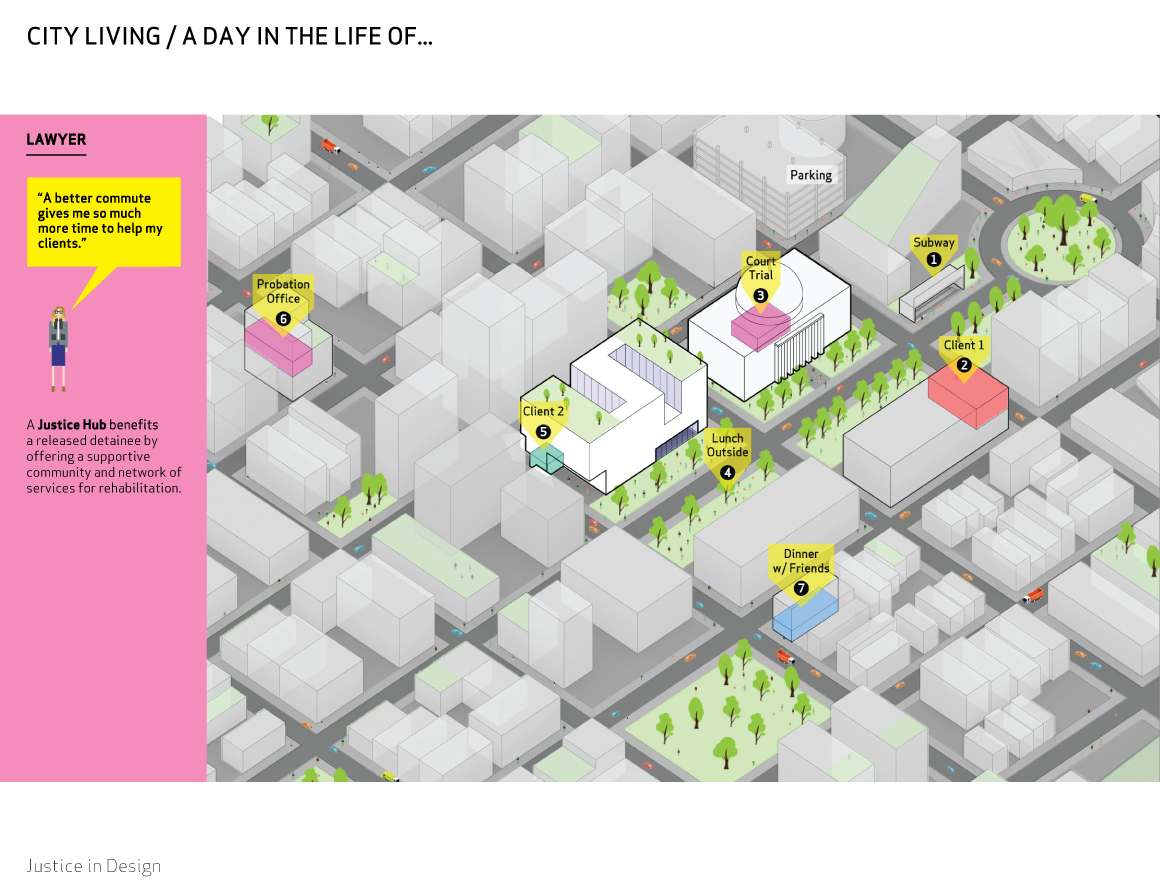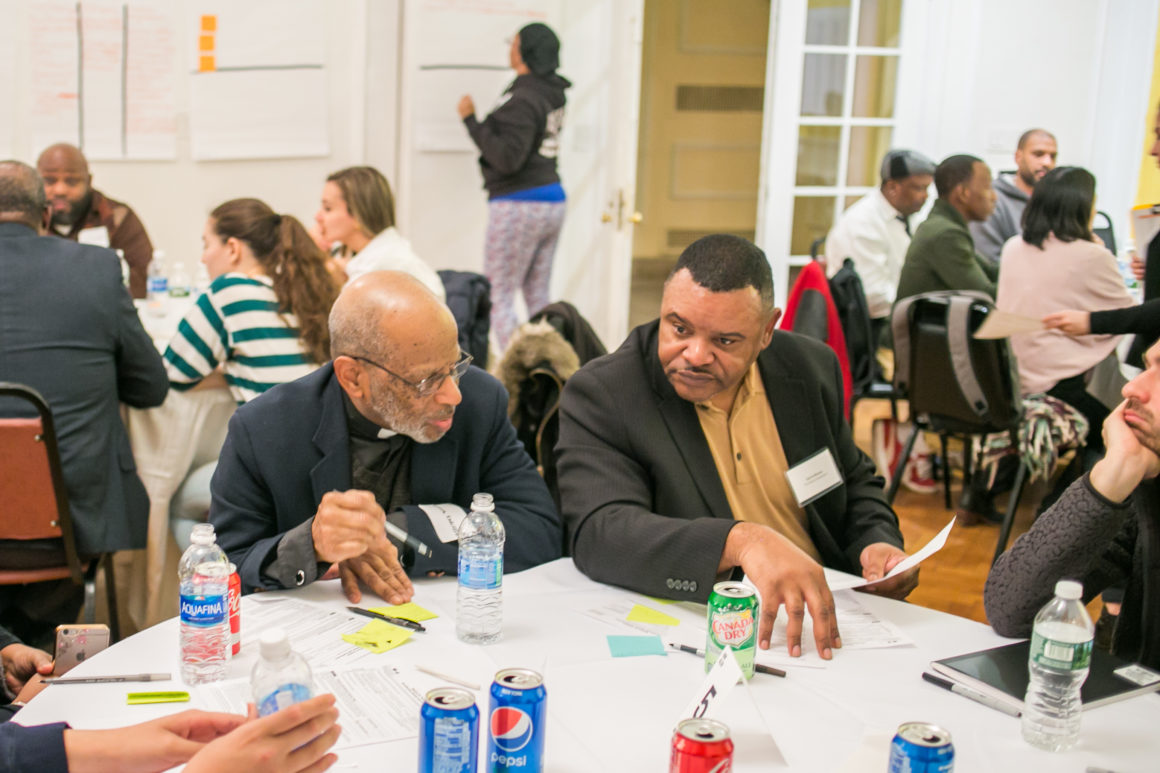
How can we create jails that are more healthy, rehabilitative, and respectful to the incarcerated and the communities that interact with them?
Speaker Mark-Viverito and the Independent Commission on New York City Criminal Justice and Incarceration Reform, with Van Alen Institute, launched Justice in Design, an initiative to develop healthier and more rehabilitative jail infrastructure. The project aims to develop innovative, realistic, and progressive programming and design guidelines for new jail facilities.
The Justice in Design report presents innovative design and programming guidelines for future borough-based New York City jails—termed Justice Hubs. Justice Hubs are facilities that are more responsive to the needs of detainees, officers, lawyers, visitors, and community members. These hubs create healthy environments and support rehabilitation for incarcerated or detained individuals while simultaneously providing neighborhoods with new public amenities.


The following guidelines are key components of Justice Hubs, which would provide:
- Close proximity to courts in order to allow for faster due process and better access to lawyers for detainees, easier visitation for friends and family, and an overall increased transparency and accountability throughout the community
- Post-release services to help formerly incarcerated or detained individuals return to life in the city
- Redesigned interiors to support more normative experiences (such as access to daylight and air), improved access to inmate rehabilitative programming, safer movement for inmates and officers, and new models for welcoming visitors.
- New spaces for engagement with local residents in order to increase the community connections and reduce the fear and stigma surrounding jails, including dedication of multiple floors of the Justice Hubs for community-wide facilities such as libraries, public plazas, community gardens, art studios, exercise facilities, medical clinics, and social services
The full Justice in Design report can be read here.
You can catch different perspectives on the guidelines in Architectural Record, CityLab, Curbed, Fast Company, NextCity, and Metropolis.





Understanding how communities perceive and are impacted by jails is essential when determining how to create correctional facilities that are effective, humane, and representative of New Yorkers’ values. To guide the project’s recommendations and to ensure that local residents could contribute their knowledge and insight, Van Alen hosted public workshops in the Bronx, Brooklyn, and Queens. In each discussion, participants shared their perspectives and hopes for the corrections system as a whole and jail facilities in particular, as well as the issues they believe prevent it from providing safety and rehabilitation for themselves, their families, and their communities.
The workshops were open to the public and had a mix of formerly incarcerated youth and adults, correction officers, local leaders, criminal justice advocates, and concerned citizens. They tackled questions like: How can we design a healthier jail system that is more rehabilitative and respectful to those in jail and the communities that interact with them? What types of social services and programming could help incarcerated individuals successfully re-enter the community? What type of neighborhood services and amenities might benefit the community?
We were overwhelmed with the thoughtful, moving, and candid contributions from workshop attendees at each session. The collective perspective and input from those who participated was used to inform the design and programming guidelines in the report.
Some of the key takeaways from the three workshops were:
- Design for dignity: Attendees identified opportunities like cleaner and safer places, improved lighting, use of more natural materials, and calming colors to help abate anxiety and provide a more restful atmosphere that conveys a sense of respect.
- Jails should be rehabilitative, not just punitive: Attendees felt jails could play a greater role in connecting those released with local organizations that offer access to reintegration programs, housing, job training, and other community resources. They expressed interest in improved staff de-escalation training, particularly around mental illness, and enhanced health services for both staff and detainees to help diminish the stressors that cause tension and lessen the perceived need for disciplinary action and violence.
- Jails can serve a purpose beyond detention: Attendees wanted jails that felt like and looked like their neighborhoods; buildings that resembled other buildings they passed by every day. They wanted to be able to see them as a resource if need be and to feel welcomed as visitors and staff members. Participants proposed jails act as a community space, offering therapy, art classes, and educational programs.
*Names withheld from quotes out of respect for workshop attendees’ privacy
The Justice in Design team is a multi-disciplinary group of Dan Gallagher, AIA and Nader Tehrani of NADAAA, an award-winning architecture and design firm based in New York City and Boston; Susan Gottesfeld of the Osborne Association; Karen Kubey, an urbanist specializing in housing and health; psychologist Susan Opotow of John Jay College of Criminal Justice and The Graduate Center, City University of New York, and criminal justice scholar Jayne Mooney of John Jay College of Criminal Justice and The Graduate Center, City University of New York.
This team was selected for the project based on their combination of a fresh perspective on jail facility design and their familiarity with the New York City criminal justice system. The team mix—members new to the conversation on criminal justice and jails and members with on-the-ground and academic knowledge on the challenges of the existing system—created a dynamic team that could bring new insights and true innovation to the arena.
After several teams were invited to submit preliminary project proposals, the winning team was selected to continue work on their proposal by a jury with expertise across the fields of design, architecture, incarceration, and environmental psychology, including a representative from Van Alen Institute.
Over the course of six months, this team built their report recommendations around workshop participants’ ideas for interior and exterior design elements that could improve facility environments, foster neighborhood integration, and offer amenities for all local residents.
JURY
Courtney Bryan, Director of Criminal Justice Operations, Center for Court Innovation
David Chapin, Architect and Professor, Ph.D. Program of Environmental Psychology, CUNY Graduate Center
Mylan Denerstein, Partner, Gibson, Dunn & Crutcher
Alta Indelman, Principal, Alta Indelman Architect
Michael Jacobson, Executive Director, CUNY Institute for State & Local Governance
Jessica Lax, Director of Competitions, Van Alen Institute
Stanley Richards, Senior Vice President, The Fortune Society





















































